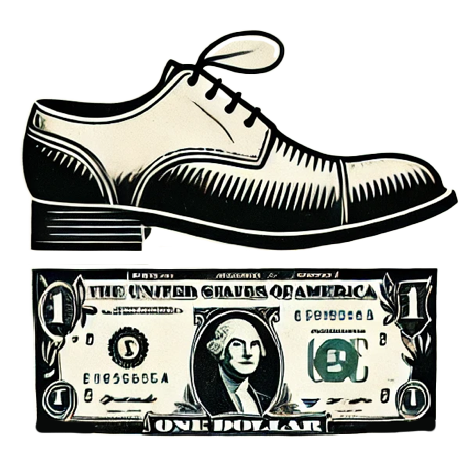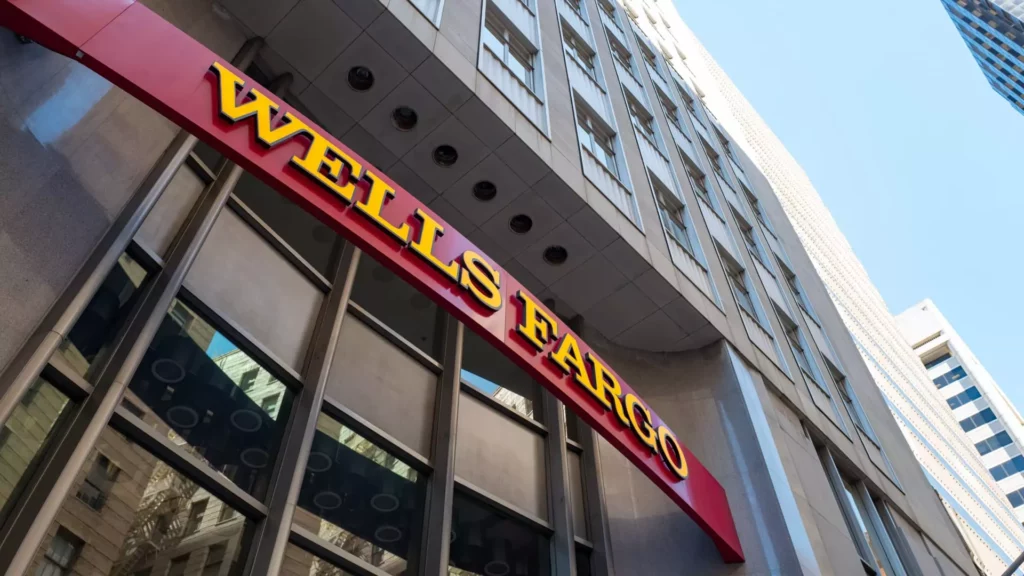Wells Fargo recently reported its fourth-quarter earnings, yielding a mixed bag of outcomes that, on balance, reveal a bank on the road to recovery. On one hand, total revenue for the period ending December 31 experienced a minor contraction of 0.5% year-on-year, falling short of analysts’ expectations at $20.38 billion versus the anticipated $20.59 billion. However, the bank’s adjusted earnings per share of $1.58 surpassed Wall Street’s consensus of $1.35. The performance was further characterized by one-time expenses, leading to reported GAAP earnings of $1.43 per share for the quarter, clearly indicating a complex financial landscape.
The mixed earnings results triggered a positive surge in Wells Fargo’s stock, which saw a climb of over 7% in response to the earnings release. Trading above $76, the rally can be interpreted as a testament to the market’s confidence in the bank’s leadership under CEO Charlie Scharf. Furthermore, despite revenue continuously falling short for two consecutive quarters, investor sentiment has shifted to viewing the inherent potential in Wells Fargo’s operational strategy and 2025 outlook.
One of the most significant aspects of Wells Fargo’s recent performance is not merely the current earnings but the strategic direction established by CEO Charlie Scharf. Since his appointment, Scharf has been working to rectify the mistakes of the past and modernize the organization with a focus on several key priorities: reducing costs, enhancing risk controls, investing in technology, and diversifying revenue streams. This transformation aims to steer the bank towards achieving a sustainable return on tangible common equity (ROTCE) target of 15%.
Recent operational data suggests the bank is steadily approximating this goal, rendering a ROTCE of 13.4% for 2024. The strategic shift appears to be resonating, and Wall Street’s ability to overlook the broader revenue miss signals a growing acknowledgment of Wells Fargo’s potential amidst a challenging environment.
Revenue Streams and Their Impact
Even as the bank’s net interest income (NII) saw a year-on-year decrease of 7% to $11.8 billion, it still outperformed estimates, which projected approximately $11.7 billion. Factors influencing this decline include altered deposit conditions, pricing adjustments, and a dip in loan balances. Nevertheless, there are positive glimpses in non-interest income, which grew by 10% year on year to $8.4 billion, despite falling short of consensus estimates. Key components within this growth included significant increases in investment advisory fees, brokerage commissions, and investment banking fees, emphasizing a strategic pivot toward enhancing fee-generating operations.
The effective management of costs further bolstered the quarter’s results, as non-interest expenses slid by $1.9 billion to $13.9 billion, indicative of Scharf’s concerted efforts to trim the bank’s operations in light of its past overextension.
Perhaps the most encouraging information from Wells Fargo’s report is the company’s favorable outlook for 2025. Management projects NII growth of 1% to 3%, which suggests a positive turnaround from 2024’s performance. This forecast offers a glimmer of optimism to investors, as analysts had anticipated a potential decline in NII. Furthermore, the expectation of a slight decrease in expenses paints a picture of financial prudence moving forward.
Moreover, if Wells Fargo can successfully navigate lifting the Federal Reserve’s $1.95 trillion asset cap imposed in 2018, it would open up avenues for greater growth and investment opportunities, especially in the realm of its investment banking operations. As these elements coalesce, they provide a promising canvas on which the bank’s recovery narrative can unfold.
Wells Fargo’s recent performance reflects the complexities of a financial institution in transition. While the quarterly earnings report exposed areas for improvement, the markers of potential recovery—leadership stability, strategic initiatives, and optimistic projections for 2025—suggest a bank on the brink of revitalization. Investors are likely to keep close tabs on Wells Fargo as it endeavors to expand its revenue streams and enhance efficiency while cautiously navigating the regulatory landscape. If Scharf continues to prioritize transparency and adaptability, Wells Fargo may well emerge as a robust player in the competitive banking sector once again.

